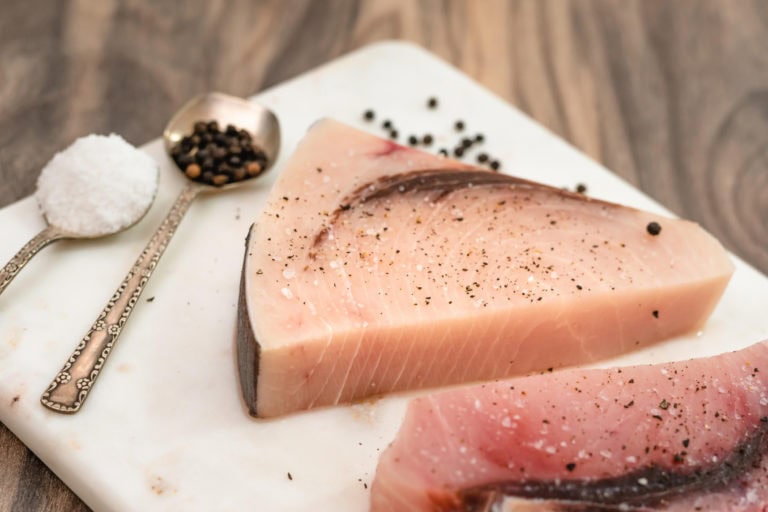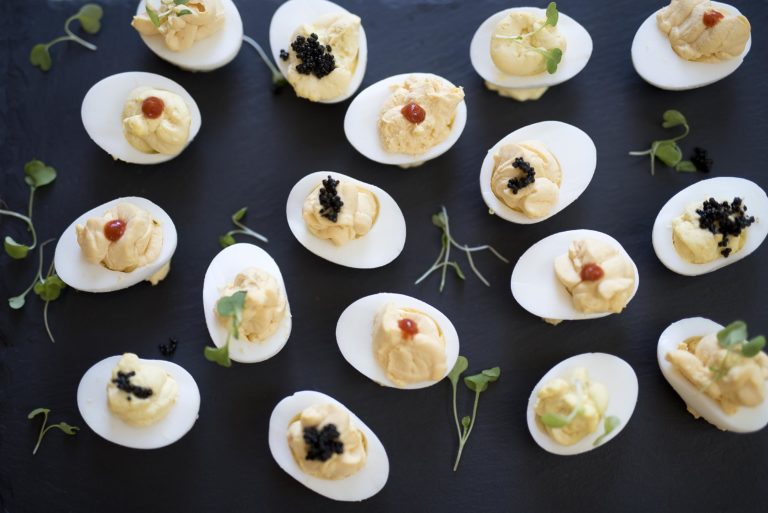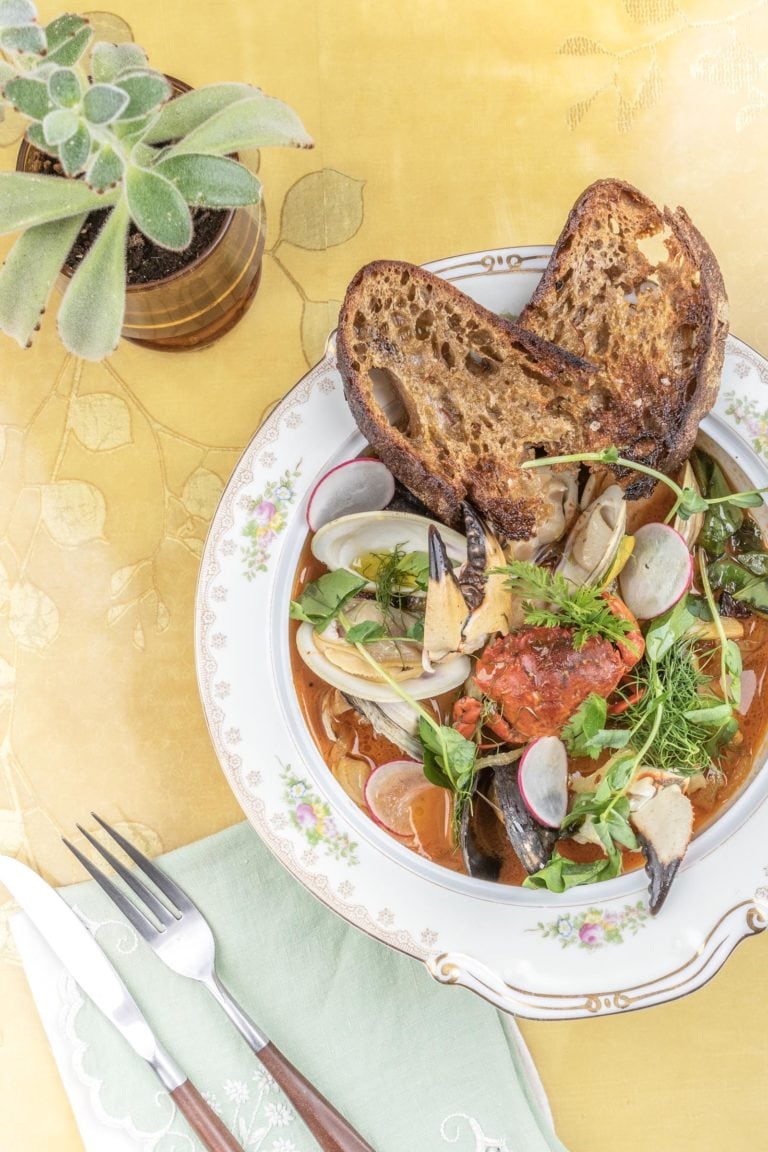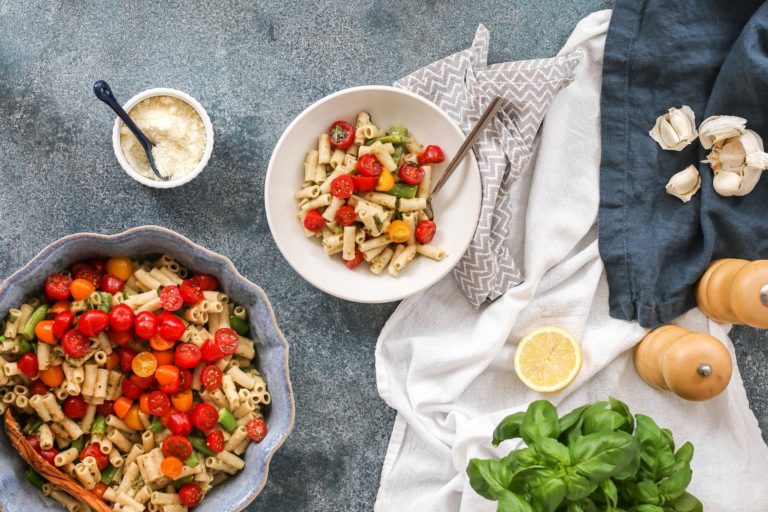Maine winters demand resilience—not just from us, but also from our root cellars. When the farmers markets slow to a trickle and the ground freezes solid, we turn to what’s been tucked away. Enter the humble turnip, an unassuming workhorse of the cold season, ready for a bit of transformation.
Kimchi might not be the first thing that comes to mind when you think of Maine food traditions, but fermentation is no stranger to these shores. Like a good crock of sauerkraut or a batch of sourdough starter, this turnip kimchi builds flavor with time and patience. The gochujang brings a whisper of sweetness and heat, waking up the winter palate, while the garlic and ginger do what they do best—make everything a little more alive.
So, as the season lingers, let this be your invitation to brighten up your plate with a little spice, a little tang, and a whole lot of local love. Your turnips—and your taste buds—will thank you.
Makes
4 servingsIngredients
- 2 pounds turnips peeled and cut into thin slices or wedges
- 2 tablespoons kosher salt
- 2 –3 tablespoons gochujang paste
- 1 –2 tablespoons water to dilute gochujang
- 4 garlic cloves minced
- 1 tablespoon ginger grated
- 3 scallions sliced into 1-inch pieces
- 1 tablespoon fish sauce or soy sauce for vegan
- Optional: 1/2 teaspoon cayenne for extra spice
Instructions
- Place turnip slices in a large bowl. Sprinkle with kosher salt and massage gently until they release some liquid.
- Let sit for 1–2 hours, then rinse thoroughly and drain.
- In a small bowl, mix gochujang with water to create a spreadable consistency.
- Stir in the garlic, ginger, scallions, fish sauce, and cayenne (if using).
- Toss the turnips with the kimchi paste until evenly coated.
- Pack the turnip mixture tightly into a clean jar, pressing down to remove air pockets and ensuring the turnips are submerged in the paste.
- Leave about 1 inch of headspace in the jar. Loosely cover with a lid or cheesecloth to allow gases to escape during fermentation.
- Store at room temperature (65°–75°F) for 3–5 days. Taste daily until it reaches your preferred tanginess.
- Once fermented to your liking, seal tightly and refrigerate. Use within 1 month.












